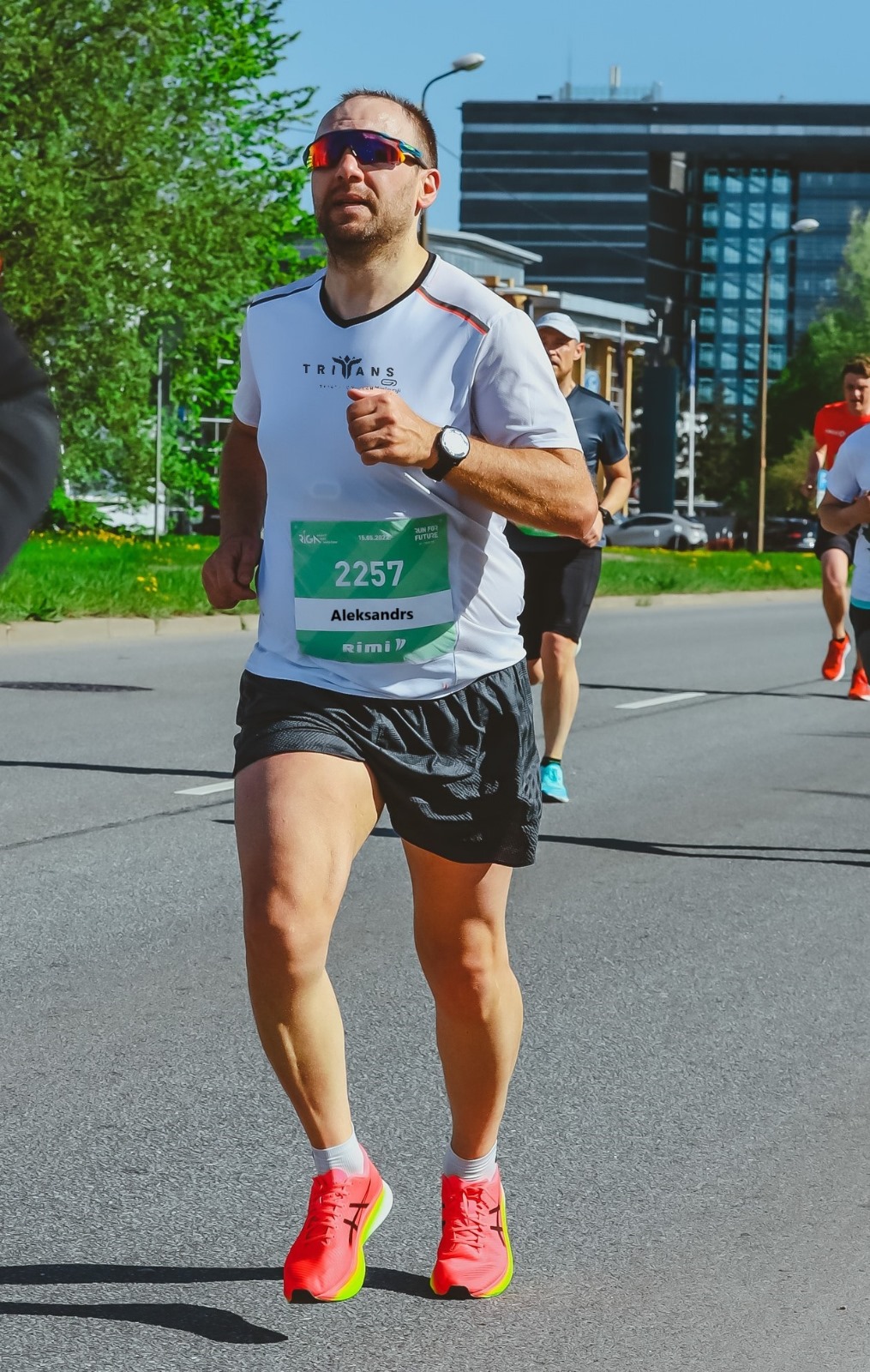Running and VO₂Max – Building an Aerobic Base
Aerobic base development is a key component in long-term endurance performance. VO₂Max, or maximal oxygen uptake, is one of the physiological indicators of aerobic capacity. This article outlines the relationship between running, VO₂Max, and aerobic base building.
Understanding VO₂Max
VO₂Max refers to the maximum amount of oxygen the body can utilize during intense exercise, measured in milliliters of oxygen per kilogram of body weight per minute (ml/kg/min).
- It is influenced by genetics, age, sex, and training history.
- A higher VO₂Max generally indicates greater endurance potential.
- However, VO₂Max alone does not determine race outcomes — efficiency and lactate threshold are also critical.
Role of the Aerobic Base
The aerobic base refers to the body's ability to sustain prolonged submaximal efforts using oxygen as the primary energy source.
Benefits of aerobic base development:
- Improved mitochondrial density
- Enhanced fat metabolism
- Lower resting and submaximal heart rates
- Increased capillary density in muscles
Training Methods
1. Zone 2 Running
Description: Steady runs at 60–75% of maximum heart rate or at a pace where conversation is possible.
Purpose:
- Promotes aerobic efficiency
- Builds cardiovascular endurance without excessive fatigue
- Forms the foundation for later intensity work
2. Long Runs
Description: Weekly longer-duration runs (60–120 minutes), adjusted by experience and age.
Purpose:
- Enhances muscular endurance
- Stimulates aerobic adaptations over time
3. Progression Runs and Aerobic Tempo
Description: Runs that gradually increase pace within aerobic thresholds.
Purpose:
- Improves aerobic strength
- Bridges the gap between easy and threshold running
4. Monitoring with Heart Rate or Power
- Heart rate monitors and running power meters provide objective feedback.
- Use of tools allows for structured progression and recovery management.
Training Frequency and Load
- Beginners: 3–4 aerobic runs per week
- Experienced athletes: 5–6 sessions with varied intensities
- Juniors: Age-appropriate volumes with emphasis on technique and gradual exposure to aerobic work
Considerations for Youth Athletes
- Emphasis on general endurance and motor skill development
- Avoid excessive volume or intensity during early stages
- Structured aerobic training can begin in later developmental phases with guidance
---
Summary
Developing an aerobic base through structured running significantly contributes to endurance performance. While VO₂Max is a useful metric, long-term progress depends on consistent training, recovery, and gradual adaptation.
Incorporating aerobic work into a periodized plan supports sustainable development for triathletes of all ages.


